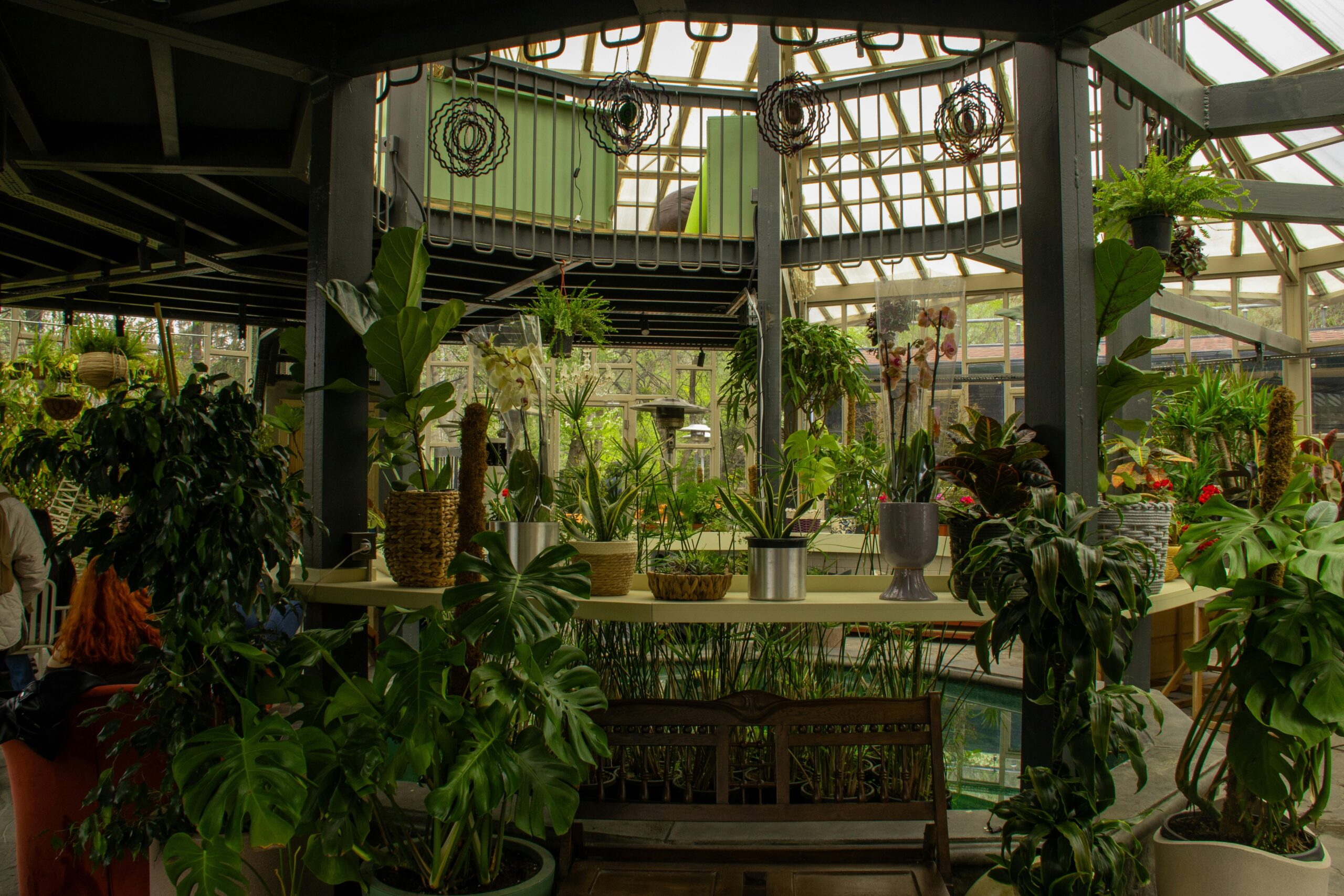The Allure of Garden Fountains
Garden fountains have been a staple in outdoor spaces for centuries, offering both aesthetic and auditory pleasures. The gentle sound of water cascading over stones or flowing from a spout can transform any garden into a serene oasis. Fountains come in various styles, from traditional tiered designs to modern abstract forms, allowing homeowners to choose pieces that complement their existing landscape.
One of the key benefits of incorporating a fountain into your garden is the enhancement of the natural environment. The sound of water can mask unwanted noise, creating a peaceful retreat. Additionally, fountains can attract wildlife, such as birds and butterflies, adding life and movement to your outdoor space. When selecting a fountain, consider the size and scale of your garden. A large, ornate fountain may overwhelm a small yard, while a subtle, minimalist design might get lost in a vast landscape.
Fountains are not only about aesthetics; they can also be functional. Some designs incorporate lighting, creating a stunning visual effect at night. Others may include features that help aerate ponds, promoting a healthier ecosystem. When choosing a fountain, consider materials like stone, metal, or ceramic, each offering different textures and durability. Maintenance is another factor; some materials may require more care to keep them looking their best.
Sculptures: Adding Art to Your Garden
Garden sculptures are a wonderful way to express individuality and creativity in outdoor spaces. These pieces can range from classical statues to contemporary art installations, each bringing a unique character to the garden. Sculptures can serve as focal points, drawing the eye and creating a sense of intrigue and wonder.
Choosing the right sculpture involves considering the overall theme and style of your garden. A traditional English garden might benefit from classical figures or busts, while a modern landscape could be enhanced with abstract or geometric shapes. Material choice is crucial; bronze and stone are popular for their durability and timeless appeal, while wood and metal offer more rustic or industrial vibes.
Placement is key when it comes to sculptures. Consider the sightlines from different angles and how the sculpture interacts with the surrounding plants and structures. A well-placed sculpture can create a narrative or evoke emotions, making the garden a dynamic space. Additionally, sculptures can be used to highlight specific areas, such as a pond or a flower bed, adding depth and dimension to the landscape.
Integrating Fountains and Sculptures
Combining fountains and sculptures can elevate the aesthetic of any garden, creating a harmonious blend of natural and artistic elements. When integrating these features, consider how they complement each other in terms of style, scale, and materials. A cohesive design can enhance the overall atmosphere, making the garden a more inviting and enjoyable space.
One approach is to use a sculpture as the centerpiece of a fountain, creating a stunning visual and auditory experience. This combination can be particularly effective in formal gardens, where symmetry and balance are important. Alternatively, a series of smaller sculptures can be placed around a fountain, creating a narrative or theme that ties the elements together.
It’s important to consider the practical aspects of integrating these features. Ensure that the fountain’s water flow does not damage the sculpture, and that both elements are securely anchored to prevent accidents. Additionally, consider the maintenance requirements for both features, as they may need regular cleaning and care to remain in optimal condition.
Incorporating elegant garden fountains and sculptures can transform any outdoor space into a sanctuary of beauty and tranquility. By carefully selecting and integrating these elements, homeowners can create a garden that reflects their personal style and provides a peaceful retreat from the hustle and bustle of daily life.






